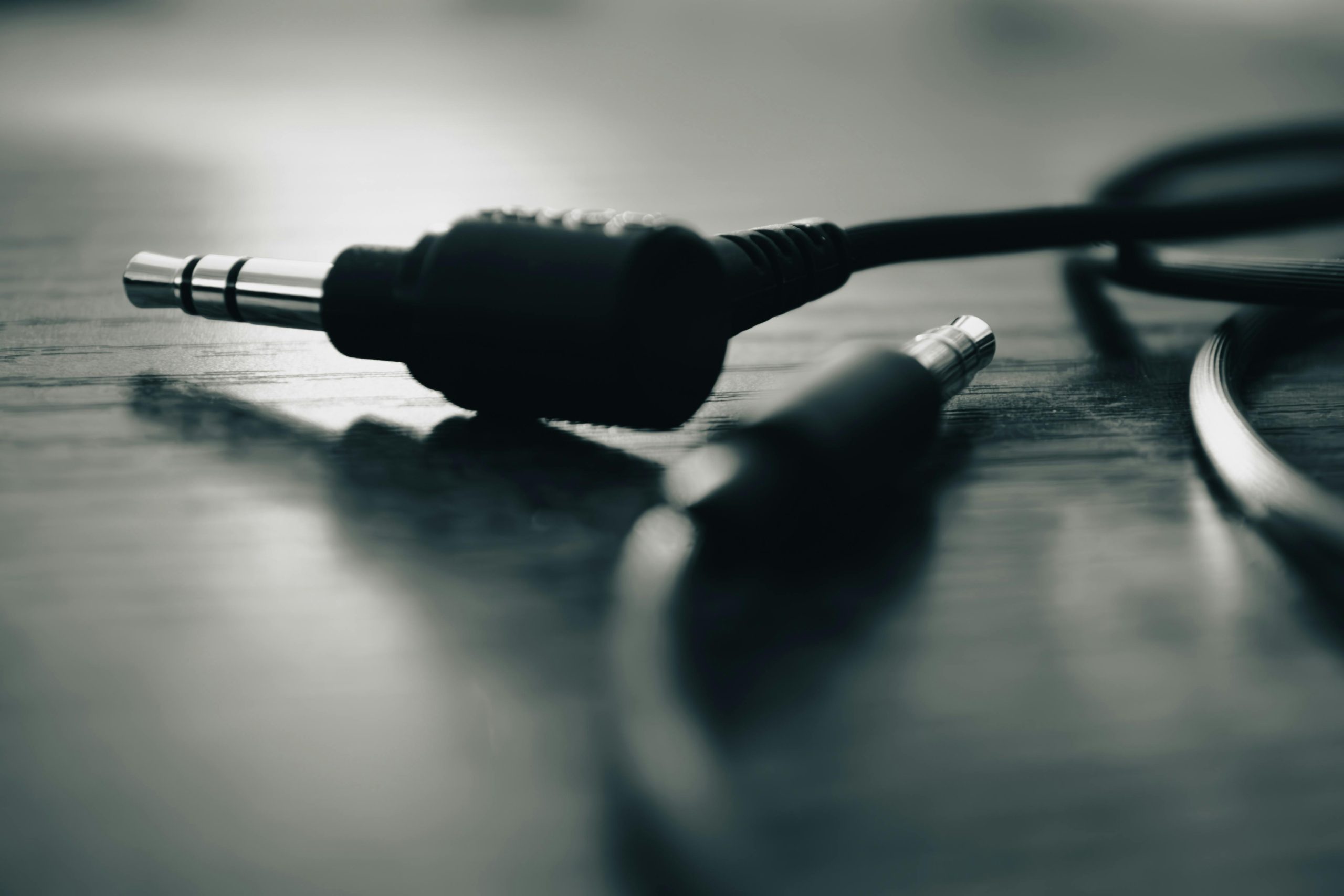Exploring the Limits of Headphone Splitters: Sound Quality and Practicality
Have you ever found yourself in a situation where you wanted to share your music or audio with a group of friends, only to realize that you had a limited number of headphone jacks? This dilemma led a friend and me to an interesting discussion about headphone splitters and their impact on sound quality.
We started by wondering how many headphone splitters we could connect in succession before experiencing any noticeable distortion in audio. My friend believed that using multiple splitters would inevitably degrade sound quality, while I was more skeptical. My reasoning was that, unlike other forms of data transmission, the cord length for audio signals doesn’t seem to significantly hinder performance until a certain threshold is reached.
This led us to consider the mechanics behind headphone splitters. A splitter essentially divides the audio signal from one source to multiple outputs, allowing multiple headphones to be plugged in simultaneously. However, this process does come with its limits. The more splitters you connect, the more the audio signal is divided, which can lead to discrepancies in sound quality, volume levels, and potential interference.
So, what’s the consensus? The practical application of using multiple headphone splitters does have diminishing returns. After a certain point—often just a few connections—users may start to notice problems such as reduced volume, increased noise, and a flat overall sound profile.
In conclusion, while it might be tempting to chain together multiple headphone splitters to accommodate a larger group, it’s crucial to consider the potential trade-offs in audio fidelity. For optimal listening experiences, investing in quality solutions or multi-user headphones may be a better path. What has been your experience with headphone splitters? Have you tried connecting multiple together, and if so, what was the result? We’d love to hear your thoughts!
Share this content:




Understanding the Limitations of Connecting Multiple Headphone Splitters
Hi there, it’s a great question that many audio enthusiasts and users encounter! When you connect multiple headphone splitters in succession, each splitter further divides the audio signal, which can lead to several issues:
Generally, connecting more than 2-3 splitters is not recommended due to these cumulative effects. For larger groups or shared listening, consider alternative solutions such as:
To minimize sound degradation, always opt